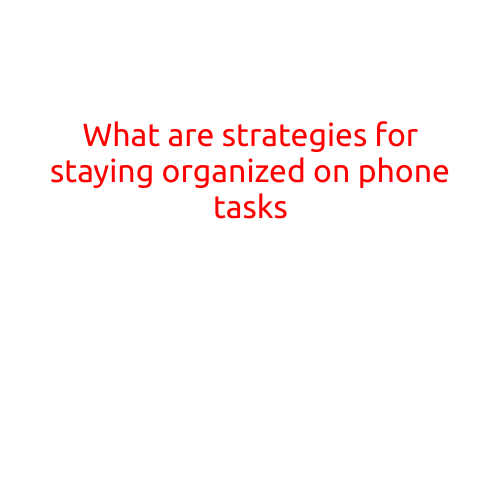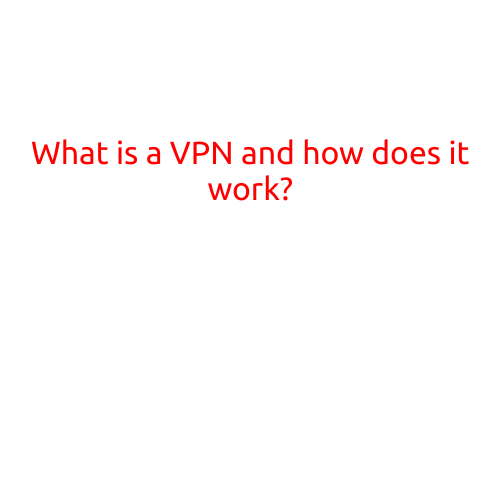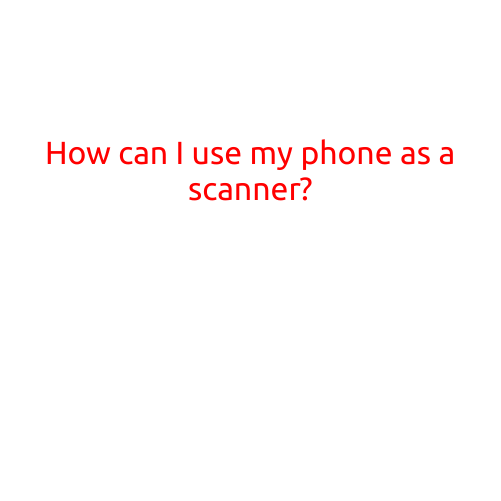
How to Handle Effective Call Management
Effective call management is crucial for any business or organization that relies on phone calls to communicate with customers, clients, or colleagues. It can be challenging to keep track of incoming and outgoing calls, especially during peak hours or when dealing with multiple projects simultaneously. In this article, we will provide you with tips and best practices on how to handle effective call management.
1. Develop a Call Handling Strategy
Before you start receiving calls, it’s essential to develop a call handling strategy. This includes identifying the types of calls you will receive, the protocol for handling different types of calls, and the communication channels you will use. For example, you can set up a system for handling customer inquiries, sales calls, and technical support requests.
2. Use a Phone System or Call Management Software
Invest in a phone system or call management software that allows you to manage your calls efficiently. This can help you to:
- Route calls to the right person or department
- Record and manage call logs
- Set up call forwarding and voicemail
- Handle multiple calls simultaneously
- Access call data and analytics for performance tracking
3. Assign a Point of Contact
Assign a point of contact for each project or department to handle incoming calls. This person should be trained to answer questions, provide information, and escalate calls to other team members or supervisors if necessary.
4. Use a Call Sheet or CRM
Use a call sheet or CRM (Customer Relationship Management) system to track your calls. This can help you to:
- Record call details, such as date, time, and duration
- Log notes and follow-ups for each call
- Track customer interactions and preferences
- Generate reports and analytics for performance tracking
5. Handle After-Hours Calls
Develop a plan for handling after-hours calls. This can include setting up an answering service, recording a voicemail message with important contact information, or redirecting calls to a designated team member or supervisor.
6. Improve Call Routing
Use a call routing system to direct calls to the right person or department. This can include setting up extensions, transfer numbers, and conference calls.
7. Monitor and Analyze Calls
Regularly monitor and analyze your calls to identify trends, patterns, and areas for improvement. This can include tracking:
- Call volume and trending
- Call duration and abandonment rates
- Customer satisfaction and feedback
- Average handling time and resolution rates
8. Train Your Team
Provide your team with comprehensive training on call handling best practices, including:
- Answering calls professionally and efficiently
- Handling common customer inquiries and complaints
- Escalating calls to other team members or supervisors
- Documenting call information and follow-ups
9. Stay Organized
Stay organized by keeping a clean and clutter-free workspace, using a planner or calendar to schedule calls, and ensuring that all necessary information and resources are readily available.
10. Continuous Improvement
Continuously evaluate and improve your call management strategy to ensure that it remains effective and efficient. Solicit feedback from customers, colleagues, and supervisors to identify areas for improvement and make necessary adjustments.
In conclusion, effective call management requires a combination of planning, organization, and technology. By implementing these strategies and best practices, you can improve customer satisfaction, increase productivity, and reduce call handling times. Remember to continually evaluate and refine your call management strategy to ensure that it remains effective and efficient.





